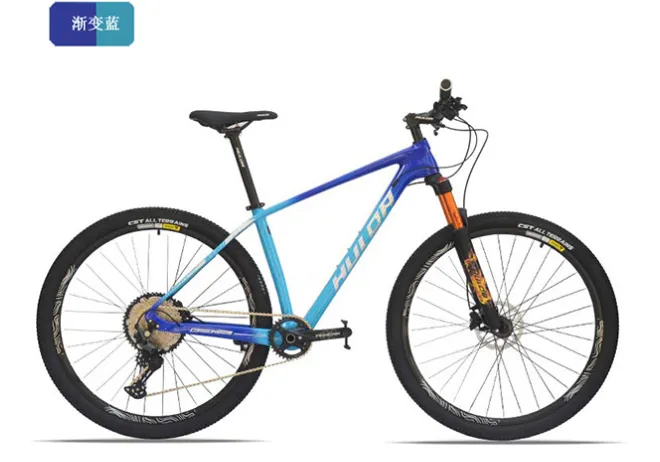
- Afrikaans
- Albanian
- Amharic
- Arabic
- Armenian
- Azerbaijani
- Basque
- Belarusian
- Bengali
- Bosnian
- Bulgarian
- Catalan
- Cebuano
- Corsican
- Croatian
- Czech
- Danish
- Dutch
- English
- Esperanto
- Estonian
- Finnish
- French
- Frisian
- Galician
- Georgian
- German
- Greek
- Gujarati
- Haitian Creole
- hausa
- hawaiian
- Hebrew
- Hindi
- Miao
- Hungarian
- Icelandic
- igbo
- Indonesian
- irish
- Italian
- Japanese
- Javanese
- Kannada
- kazakh
- Khmer
- Rwandese
- Korean
- Kurdish
- Kyrgyz
- Lao
- Latin
- Latvian
- Lithuanian
- Luxembourgish
- Macedonian
- Malgashi
- Malay
- Malayalam
- Maltese
- Maori
- Marathi
- Mongolian
- Myanmar
- Nepali
- Norwegian
- Norwegian
- Occitan
- Pashto
- Persian
- Polish
- Portuguese
- Punjabi
- Romanian
- Russian
- Samoan
- Scottish Gaelic
- Serbian
- Sesotho
- Shona
- Sindhi
- Sinhala
- Slovak
- Slovenian
- Somali
- Spanish
- Sundanese
- Swahili
- Swedish
- Tagalog
- Tajik
- Tamil
- Tatar
- Telugu
- Thai
- Turkish
- Turkmen
- Ukrainian
- Urdu
- Uighur
- Uzbek
- Vietnamese
- Welsh
- Bantu
- Yiddish
- Yoruba
- Zulu
Dec . 01, 2024 12:33 Back to list
hard tail mountain bike
Embracing the Thrill An Introduction to Hardtail Mountain Biking
Mountain biking is a sport that captures the essence of adventure and exploration. Among the various types of mountain bikes, the hardtail mountain bike stands out as a favorite for both beginners and seasoned riders. With its unique design, affordability, and versatility, the hardtail is a great choice for those looking to experience the thrill of off-road cycling.
What is a Hardtail Mountain Bike?
A hardtail mountain bike is characterized by its lack of rear suspension. This means that while the front wheel is equipped with a suspension fork for absorbing shocks from rough terrain, the rear stays rigid. This simple design contributes to the bike's weight efficiency, making it lighter compared to full-suspension models. The absence of a rear shock not only reduces the overall weight but also minimizes maintenance needs, offering riders a more straightforward cycling experience.
Advantages of Hardtail Mountain Bikes
1. Simplicity and Durability Without the complexity of rear suspension systems, hardtails are less prone to mechanical issues. This durability is especially appealing for those new to mountain biking who may not want to deal with frequent repairs.
2. Efficiency in Climbing Hardtail mountain bikes excel in climbing steep trails. The efficient power transfer from the rider to the wheels means that all of the pedaling energy is directed towards upward momentum, allowing cyclists to tackle hills with ease.
3. Cost-Effectiveness Hardtails typically come at a lower price point compared to their full-suspension counterparts. This makes them an excellent choice for beginners or those on a budget who want to explore the world of mountain biking without breaking the bank.
hard tail mountain bike

4. Weight Advantage Hardtail mountain bikes are usually lighter, making them easier to handle—especially in technical terrain where maneuverability is crucial. This weight advantage also means that riders can pick up speed more quickly.
5. Fun and Engaging Ride Riding a hardtail can offer a more 'connected' feeling to the bike and the terrain. The rigid rear encourages riders to choose their lines carefully, enhancing the overall biking experience and making technical trails even more rewarding.
Ideal Riding Conditions
Hardtail bikes are particularly suited for cross-country riding, smooth trails, and hard-packed surfaces. They excel on well-maintained paths, allowing riders to maintain speed and control. However, they can also handle light to moderate off-road conditions, including dirt trails and gravel paths. Many riders find that hardtails encourage skill development as they must learn to navigate rough terrain using balance and technique rather than relying on suspension.
Tips for Choosing a Hardtail Mountain Bike
When selecting a hardtail mountain bike, consider factors such as frame size, geometry, and intended use. It's crucial to ensure the fit is appropriate for your height and riding style. Additionally, think about the type of terrain you’ll mostly be riding on and choose tires that suit those conditions. A bike with quality components can enhance your riding experience, so do not hesitate to invest in a well-made model.
Conclusion
Hardtail mountain biking offers an exhilarating way to connect with nature while enjoying the thrill of cycling. With their adaptability, efficiency, and low maintenance requirements, hardtails are perfect for a variety of riders, whether you’re just starting your biking journey or looking to expand your skills. So gear up, hit the trails, and let the adventure unfold as you embrace the freedom of the great outdoors on a hardtail mountain bike. Whether navigating winding forest paths or challenging rocky terrains, the ride promises excitement and unforgettable experiences.
-
The Ultimate Kids' Four-Wheeler Experience
NewsJul.09,2025
-
The Ultimate Guide to Mountain Bikes: Gear Up for Your Ride
NewsJul.09,2025
-
The New Age of Cycling: Electric Bikes for Every Rider
NewsJul.09,2025
-
The Best Kids Bicycles: Ride in Style and Safety
NewsJul.09,2025
-
The Best 3-Wheel Scooters for Kids: Fun, Safety, and Adventure
NewsJul.09,2025
-
Revolutionize Your Ride: Affordable Electric Bikes
NewsJul.09,2025
-
Finding the Perfect Mountain Bike for Every Rider
NewsJul.09,2025



